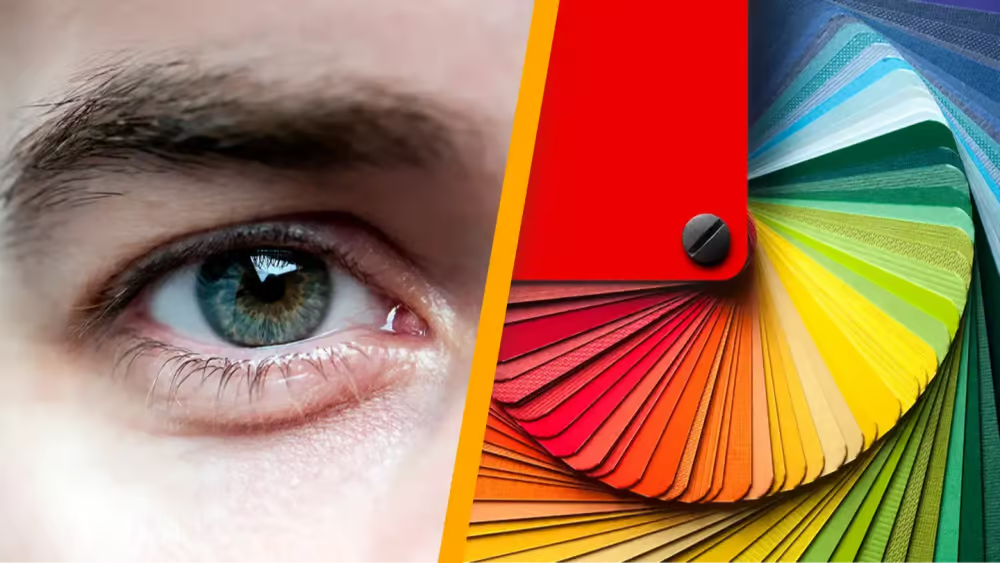There exists a rare condition that enables individuals to perceive a range of colors that remain unseen to most. However, the likelihood of having this condition is quite low.
If you could choose any superpower, would you opt for invisibility, telekinesis, or shape-shifting? Perhaps enhanced vision would be appealing?
Vision holds significant importance for many, and even minor aspects of life can be affected if someone has a vision condition—like the gender reveal party that took an unexpected turn because the father was colorblind.
While color blindness makes distinguishing between certain colors challenging, there is a condition that unveils an entirely new spectrum of colors unseen by most.
The condition, known as tetrachromacy, allows individuals to perceive a multitude of colors that are beyond the reach of normal vision.
According to AllAboutVision.com, an average person can perceive about one million different colors. In contrast, someone with tetrachromacy might see up to 100 million different shades.
This exceptional ability is the result of a genetic mutation, which can be inherited like any other genetic trait, as noted by IFLScience.
Although not akin to the powers of the X-Men, it still holds remarkable potential.
Typically, healthy individuals have three cones in each eye to differentiate shades of color on the spectrum. Those who are colorblind may possess only two cones, whereas individuals with tetrachromacy are believed to have four, with 12 percent of women potentially having this condition.
Despite this, more research is needed to fully understand tetrachromacy, as scientific exploration into this condition is still in the early stages.
Concetta Antico shared her experiences with the BBC, describing how tetrachromacy affects her perception.
She recounted a time when, during an art lesson in the park, she realized that others could not see the array of colors that were apparent to her.
In a 2014 interview with the publication, she stated: “I’d say, ‘Look at the light on the water – can you see the pink shimmering across that rock? Can you see the red on the edge of that leaf there?’”
Though her students seemed to agree, Antico later recognized that they were merely being polite as the colors she vividly saw were not visible to them.
Discussing her unique perspective, she highlighted how a seemingly simple pebble path could appear vibrant, filled with oranges, yellows, greens, blues, and pinks, rather than just grey or brown.
Antico remarked: “The little stones jump out at me with oranges, yellows, greens, blues, and pinks. I’m kind of shocked when I realize what other people aren’t seeing.”
While this heightened perception is astonishing, Antico admits that environments like grocery stores can be overwhelming, describing them as a ‘nightmare’: “It’s like a trash pile of colour coming in at every angle.”
An impressive and vivid experience, indeed.

